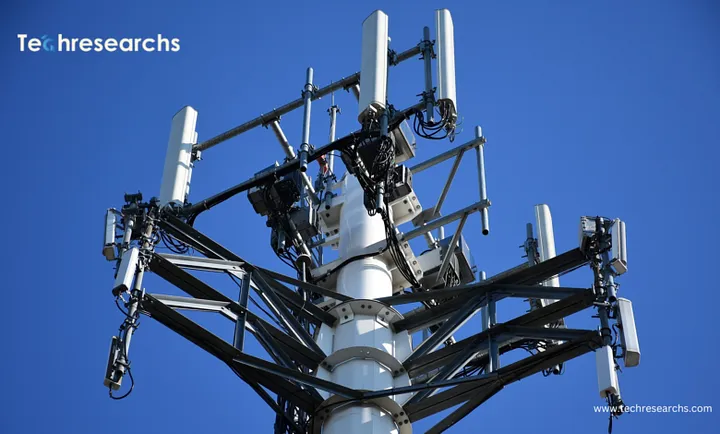Wireless and Wired Encryption


Encrypting Data with WPA2
Using Wired Encryption
Using Wireless Encryption
Conclusion:
Encryption is a powerful tool for protecting data, whether it’s stored locally or remotely. Learn how to encrypt data using wireless and wired connections.
Encrypting Data with WPA2:
WPA2 is a wireless security protocol developed by the Wi-Fi Alliance. It was designed to replace the older Wired Equivalent Privacy (WEP) standard. WPA2 provides greater encryption than its predecessor, while still being compatible with existing access points and devices.
The WPA2 protocol uses AES (Advanced Encryption Standard) to encrypt data. AES is a symmetric cipher algorithm that uses a secret key to scramble information. In order to decrypt the data, the same key is used to unscramble the scrambled information.
In addition to AES, WPA2 includes four additional algorithms: Temporal Key Integrity Protocol (TKIP), Extensible Authentication Protocol (EAP), IEEE 802.11i/Dot1x, and Fast BSS Transition (FBT). These algorithms provide additional security features to protect against attacks.
Using Wired Encryption:
What is Wired Encryption?
Wired encryption is a type of encryption where the data is transmitted over wires instead of airwaves. Wired encryption uses a physical wire to transmit information between two devices. When using wired encryption, the sender and receiver use a device called a WireTap Adapter (WTA) to encrypt the message before sending it over the wire. Once the message reaches its destination, the WTA decrypts the message and sends it to the recipient. Wired encryption is commonly used in military applications and is often referred to as “wired” due to its method of transmission.
How does Wired Encryption Work?
The sender and receiver both have a WTA attached to their computer. The sender types out the encrypted text onto his/her computer keyboard. The WTA then converts the typed text into electrical signals and transmits it over the wire. At the receiving end, the WTA receives the signal and converts it back into text. The recipient then reads the text off of the screen. Wired encryption works best when the distance between the sender and receiver is short. If the distance is long, the signal may not reach its destination.
Why Use Wired Encryption?
Wireless encryption is great for transmitting messages over longer distances, but it doesn’t work well if the distance is short. Wired encryption is ideal for short-range transmissions, such as those occurring inside a building. Wired encryption is also useful for transmitting sensitive information, such as passwords, credit card numbers, and social security numbers. Wired encryption is also helpful for protecting wireless networks, preventing eavesdropping, and securing communications between computers.
Using Wireless Encryption:
What Is Wireless Encryption?
Wireless encryption is a method of encrypting data before sending it over a wireless network. In order to use wireless encryption, you need to have two devices that communicate with each other. One device is called the “encryptor” and the other is called the “decryptor.” These two devices work together to send encrypted messages between them.
How Does Wireless Encryption Work?
The encryptor creates a unique code that represents the message being sent. This unique code is then added to the beginning of the message. When the decryptor receives the message, it uses its own unique code to decode the message. If the codes match, the message was successfully decoded.
Why Use Wireless Encryption?
There are several reasons why you would want to use wireless encryption. First, if someone intercepts the communication, they won’t know what the original message said. Second, if you’re using a public wireless network, anyone could potentially eavesdrop on your communications. Third, if you’re working with sensitive information, you don’t want others to read it. Fourth, if you’re using wireless encryption, you’ll need to make sure both parties have the same type of encryption software installed.
Types of Wireless Encryption There are three types of wireless encryption:
Symmetric, asymmetric, and hybrid. Symmetric encryption refers to the encryptor and decryptor having the same algorithm. Asymmetric encryption refers to the fact that the encryptor and decryptors have different algorithms. Hybrid encryption combines the strengths of both symmetric and asymmetric encryption.
Which Type Should You Choose? If you’re looking for security, choose symmetric encryption. If you’re looking for speed, choose asymmetric encryption. If you want to combine security and speed, choose hybrid encryption.







